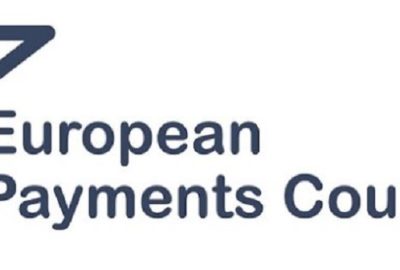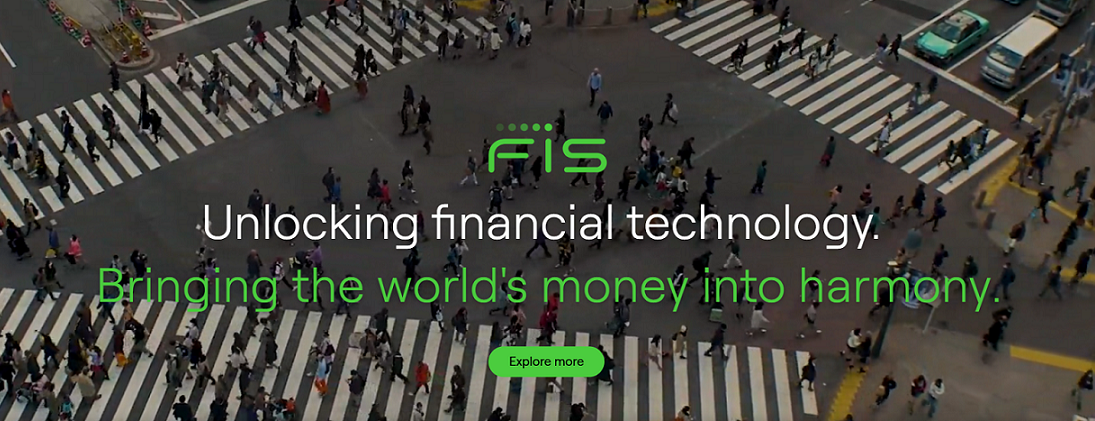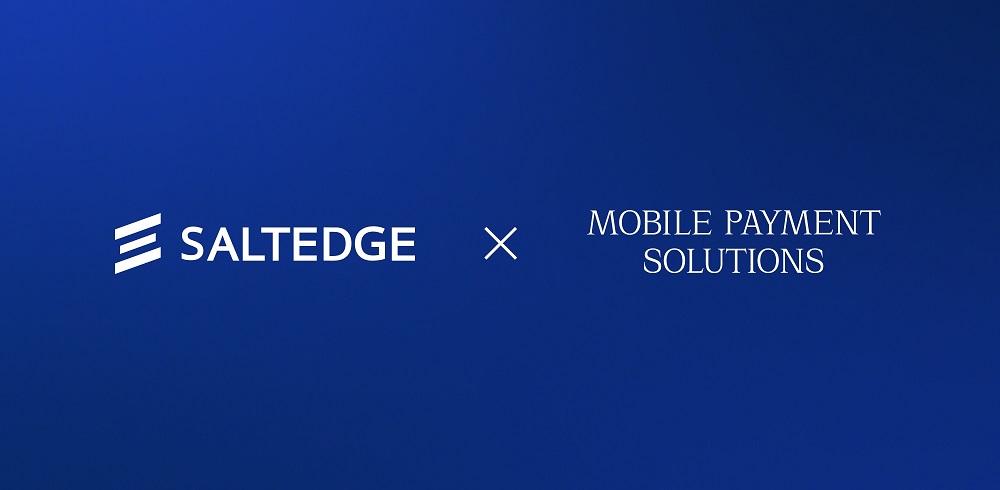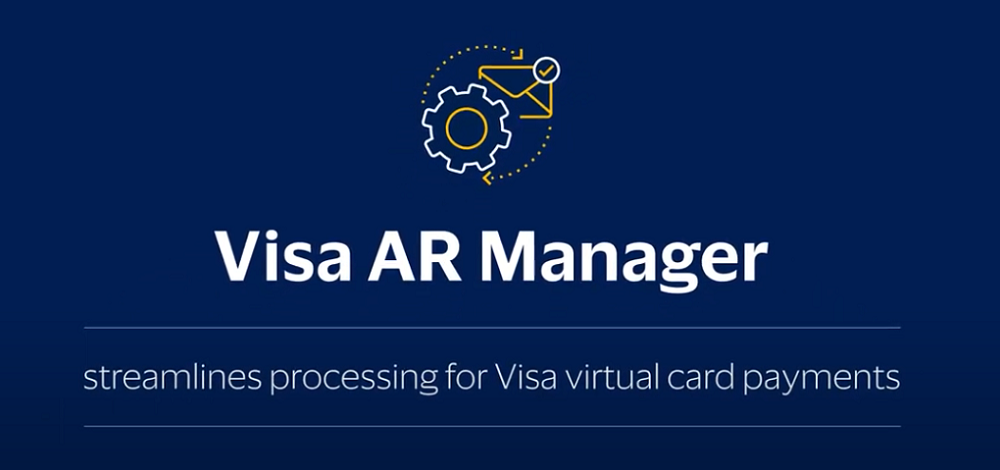10 AI Predictions For 2024

an article written by Rob Toews – a venture capitalist at Radical Ventures and Forbes contributor.
1. Nvidia will dramatically ramp up its efforts to become a cloud provider.
2. Stability AI will shut down.
3. The terms “large language model” and “LLM” will become less common.
4. The most advanced closed models will continue to outperform the most advanced open models by a meaningful margin.
5. A number of Fortune 500 companies will create a new C-suite position: Chief AI Officer.
Artificial intelligence has shot to the top of the priority list for Fortune 500 companies this year, with boards and management teams across industries scrambling to figure out what this powerful new technology means for their businesses.
One tactic that we expect to become more common among large enterprises next year: appointing a “Chief AI Officer” to spearhead the organization’s AI initiatives.
We saw a similar trend play out during the rise of cloud computing a decade ago, with many organizations hiring “Chief Cloud Officers” to help them navigate the strategic implications of the cloud.
This trend will gain further momentum in the corporate world given a parallel trend already underway in government. President Biden’s recent executive order on AI requires every federal government agency to appoint a Chief AI Officer, meaning that over 400 new Chief AI Officers will be hired across the U.S. government in the coming months.
Naming a Chief AI Officer will become a popular way for companies to signal externally that they are serious about AI. Whether these roles will prove valuable over the long term is a different question. (How many Chief Cloud Officers are still around today?)
6. An alternative to the transformer architecture will see meaningful adoption.
7. Strategic investments from cloud providers into AI startups—and the associated accounting implications—will be challenged by regulators.
8. The Microsoft/OpenAI relationship will begin to fray.
9. Some of the hype and herd mentality behavior that shifted from crypto to AI in 2023 will shift back to crypto in 2024.
It is hard to imagine venture capitalists and technology leaders getting excited about anything other than AI right now. But a year is a long time, and VCs’ “convictions” can shift remarkably quickly.
Crypto is a cyclical industry. It is out of fashion right now, but make no mistake, another big bull run will come—as it did in 2021, and before that in 2017, and before that in 2013. In case you haven’t noticed, after starting the year under $17,000, the price of bitcoin has risen sharply in the past few months, from $25,000 in September to over $40,000 today. A major bitcoin upswing may be in the works, and if it is, plenty of crypto activity and hype will ensue.
A number of well-known venture capitalists, entrepreneurs and technologists who today position themselves as “all in” on AI were deeply committed to crypto during the 2021-2022 bull market. If crypto asset prices do come roaring back next year, expect some of them to follow the heat in that direction, just as they followed the heat to AI this year.
10. At least one U.S. court will rule that generative AI models trained on the internet represent a violation of copyright. The issue will begin working its way up to the U.S. Supreme Court.
More details here
Dariusz Mazurkiewicz – CEO at BLIK Polish Payment Standard
Banking 4.0 – „how was the experience for you”
„To be honest I think that Sinaia, your conference, is much better then Davos.”
Many more interesting quotes in the video below:












